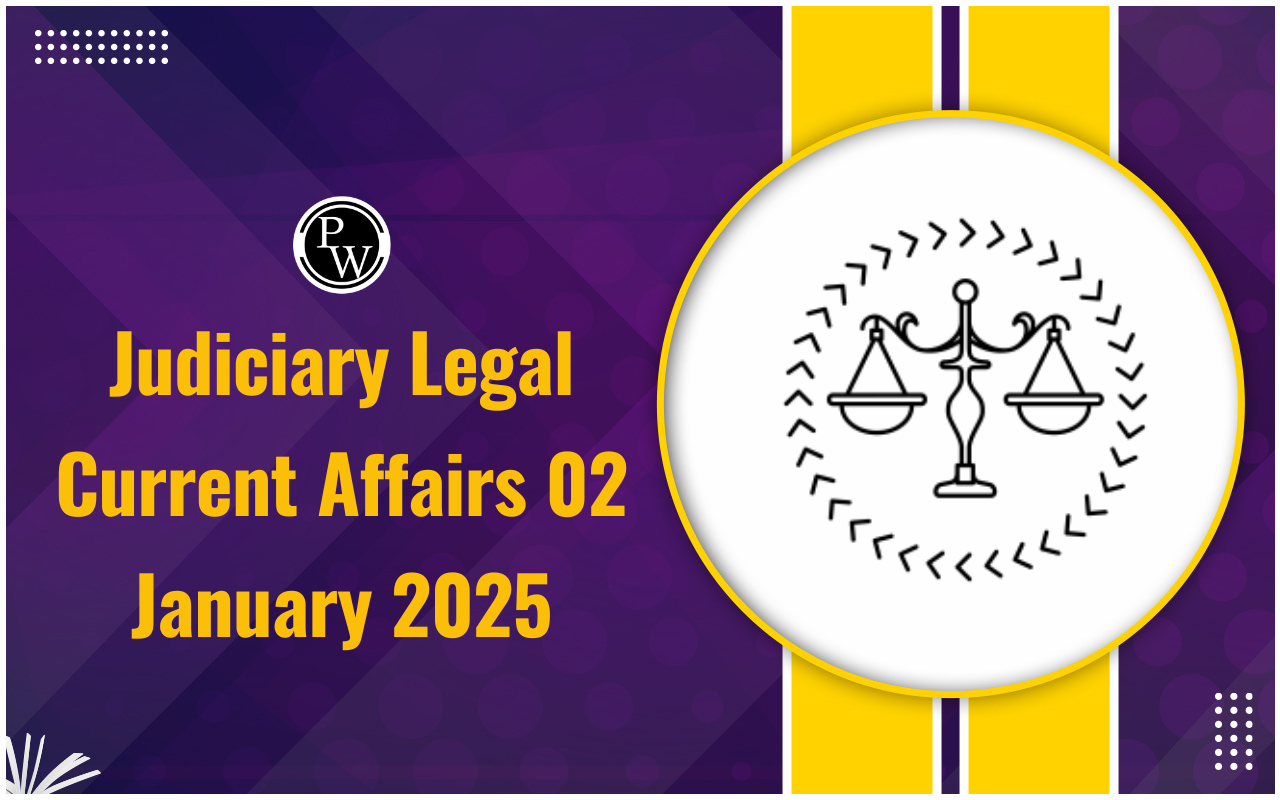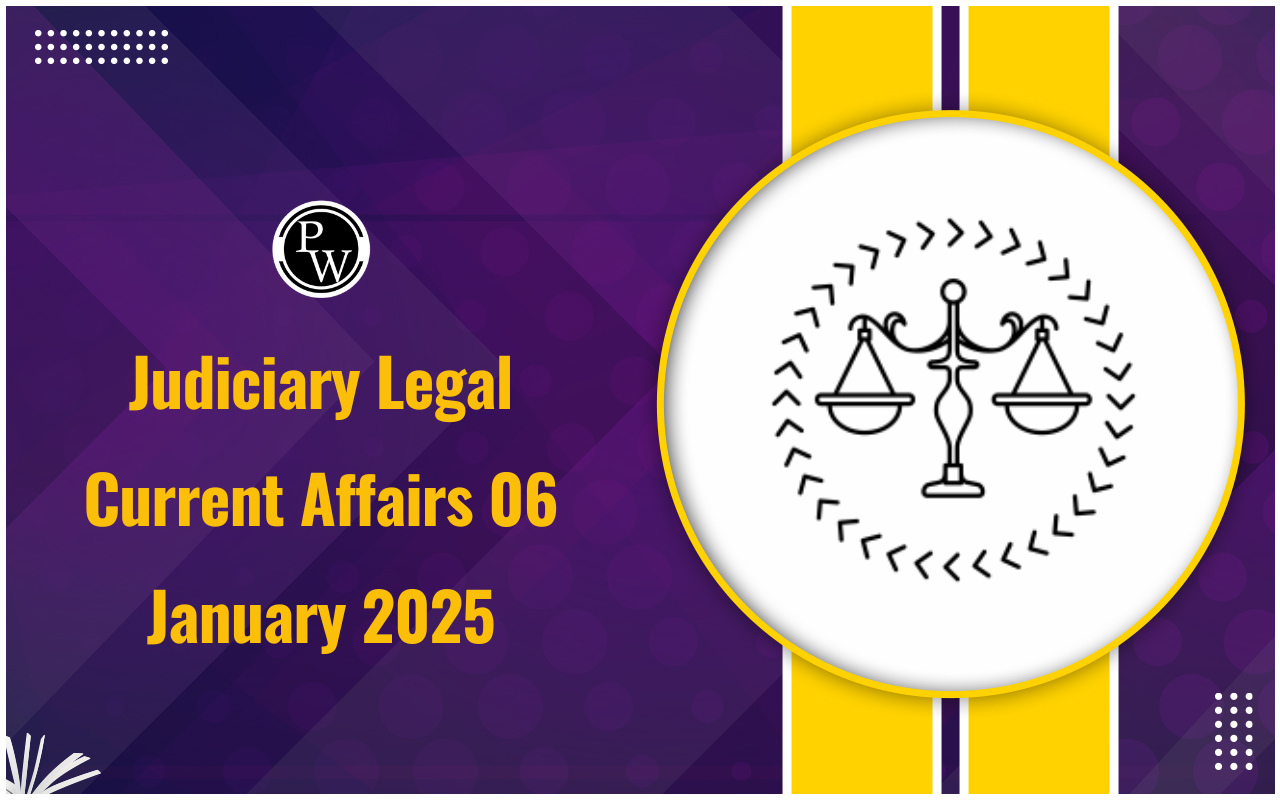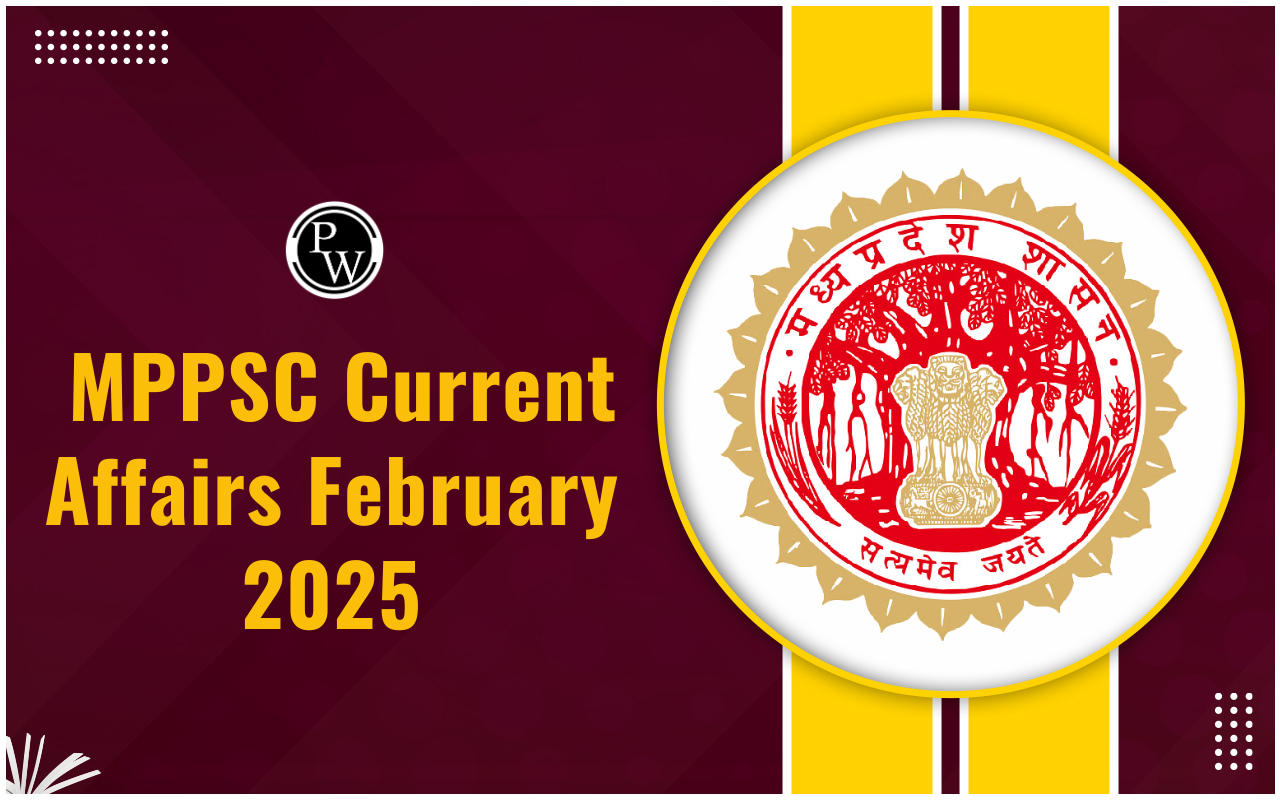
Battle of Plassey: The Battle of Plassey was a significant moment in Indian history, marking the rise of British power. It happened between the East India Company, led by Robert Clive, and the Nawab of Bengal, Siraj-Ud-Daulah, with French allies. This battle, occurring during the late Mughal period, laid the groundwork for British rule. In the Indian subcontinent, the British East India Company, established in 1600, had its own army, as did the French East India Company. Their competition sparked the Carnatic Wars as they fought to control local leaders.
Battle of Plassey
The Battle of Plassey was a pivotal conflict between the forces of the East India Company, led by Robert Clive, and Siraj-Ud-Daulah, the Nawab of Bengal. The widespread abuse of trade privileges by EIC officials greatly angered Siraj-Ud-Daulah. This persistent misconduct by the East India Company ultimately led to the Battle of Plassey in 1757.Rise of Siraj ud-Daulah
In 1755, Siraj ud-Daulah ascended to the position of Nawab of Bengal and adopted a pro-French stance. This led to conflicts with the British, culminating in the seizure of British trading posts, including Calcutta, where British prisoners were allegedly left to perish in the infamous "black hole of Calcutta."Robert Clive's Strategy
In response to the capture of Calcutta, Lieutenant Colonel Robert Clive was dispatched from Madras to recapture the city and subsequently plotted to overthrow Siraj ud-Daulah. Clive clandestinely bribed Mir Jafar, one of the Nawab's disaffected supporters, promising him the throne in exchange for his allegiance to the British cause. Clive also secured the support of other Bengali generals.Causes of the Battle of Plassey
The Battle of Plassey was primarily triggered by the following factors:- Rampant Misuse of Trade Privileges: The Nawab of Bengal had granted trade privileges to the British, but the East India Company officials frequently abused these privileges, causing significant tension.
- Non-Payment of Taxes and Duties: Workers of the British East India Company often avoided paying taxes and duties, further straining relations with the Nawab.
- Unauthorized Fortification of Calcutta: The British fortified Calcutta without obtaining permission from the Nawab, which was perceived as a direct challenge to his authority.
- Deception and Misleading: The British repeatedly misled the Nawab on various issues, eroding his trust in them.
- Harboring Enemies: The British provided asylum to Krishna Das, an enemy of the Nawab, exacerbating the conflict.
Prelude to the Battle
The East India Company had established a strong presence in India, primarily at Fort St. George, Fort William, and Bombay Castle. They formed alliances with local Nawabs and princes, offering security against external and internal threats in exchange for trade concessions. This arrangement faltered under Nawab Siraj-Ud-Daulah’s rule. In June 1756, Siraj-Ud-Daulah seized Calcutta and imprisoned several British officials in a dungeon at Fort William. This incident, known as the Black Hole of Calcutta, saw over a hundred prisoners confined in a small cell, resulting in numerous deaths due to suffocation and heat. This event fueled the East India Company’s resolve to retaliate.The Battle
The Battle of Plassey was fought on June 23, 1757, at Palashi, on the banks of the Bhagirathi River near Calcutta.- Robert Clive's Strategy: Robert Clive, leading the British forces, formed an alliance with Mir Jafar, the commander-in-chief of the Nawab’s army, by promising to make him the Nawab of Bengal.
- Heavy Downpour: After three hours of intense fighting, a heavy downpour occurred. The Nawab’s army was unprepared to protect their weapons from the rain, giving the British a significant advantage.
- Treachery of Mir Jafar: Mir Jafar’s betrayal was a decisive factor in the British victory.
Outcome
Despite having a larger force of 50,000 soldiers, 40 cannons, and 10 war elephants, Siraj-Ud-Daulah’s army was defeated by Robert Clive’s 3,000 troops. The battle lasted 11 hours, and Siraj-Ud-Daulah fled after his defeat.- British: 22 dead, 50 injured.
- Nawab’s Army: About 500 dead, including several key officials.
Who Fought the Battle of Plassey?
The Battle of Plassey involved key figures whose actions significantly influenced the outcome. Here's an overview of the main participants and their roles:| Battle of Plassey | |
| Participant | Role in the Battle of Plassey |
| Siraj-Ud-Daulah (Nawab of Bengal) | Involved in Black-Hole Tragedy, attacked and seized Calcutta, angered by EIC's misuse of trade privileges |
| Robert Clive (EIC) | Provided asylum to Krishna Das, fortified Calcutta without permission, exploited trade privileges |
| Mir Jafar (Commander-in-Chief) | Bribed by EIC, promised Nawabship for betraying Siraj-Ud-Daulah, cheated Siraj during the battle |
| Rai Durlabh (Commander) | Joined Siraj-Ud-Daulah's army but did not participate in the battle, betrayed Siraj |
| Jagat Seth (Banker) | Conspired against Siraj-Ud-Daulah, involved in his imprisonment and killing |
| Omi Chand (Merchant) | Key conspirator against Nawab, linked to treaty negotiations with Robert Clive before the battle |
Siraj-Ud-Daulah (Nawab of Bengal)
Siraj-Ud-Daulah was deeply affected by the rampant misuse of trade privileges by the East India Company (EIC). His anger culminated in the Black Hole of Calcutta incident, where he imprisoned 146 Englishmen, leading to 123 deaths due to suffocation. This event heightened tensions, prompting him to seize the English fort at Calcutta.Robert Clive (East India Company)
Robert Clive played a crucial role in escalating the conflict. He provided asylum to Krishna Das, which angered Siraj-Ud-Daulah. Clive's unauthorized fortification of Calcutta and misuse of trade privileges further provoked the Nawab.Mir Jafar (Commander-in-Chief of Nawab’s Army)
Mir Jafar was a key conspirator who betrayed Siraj-Ud-Daulah. Bribed by the East India Company, he was promised the position of Nawab in return for his betrayal during the battle.Rai Durlabh (Commander of the Nawab’s Army)
Although Rai Durlabh joined Siraj-Ud-Daulah’s army, he did not participate actively in the battle, contributing to the Nawab's defeat by betraying him.Jagat Seth (Influential Banker)
Jagat Seth was instrumental in the conspiracy against Siraj-Ud-Daulah, leading to the Nawab’s eventual imprisonment and death.Omi Chand (Bengal Merchant)
Omi Chand was a principal conspirator who played a significant role in the events leading up to the Battle of Plassey. He was involved in negotiating the treaty with Robert Clive before the battle.Effects of the Battle of Plassey
The Battle of Plassey, while marking the ascension of British political power in Northern India, had far-reaching consequences across various spheres:Political Effects
- End of French Influence: The Battle of Plassey effectively ended the influence of the French forces in the region, consolidating British dominance.
- Ascension of Mir Jafar: Mir Jafar, who betrayed Siraj-Ud-Daulah during the battle, was crowned as the Nawab of Bengal. However, he became discontent with his position and sought support from the Dutch against the British.
- Battle of Chinsura: In 1759, the Battle of Chinsura ensued between Dutch and British forces, instigated by Mir Jafar's desire to strengthen his position. This conflict further demonstrated the shifting political dynamics in the region.
- Installation of Mir Qasim: The British installed Mir Qasim as the Nawab of Bengal, further solidifying their influence and control over the region.
- British Supremacy: Following the Battle of Plassey, the British emerged as the dominant European power in Bengal, marking a significant shift in regional politics.
- Honors for Robert Clive: Robert Clive, the architect of the British victory, was bestowed with the title of "Lord Clive" and awarded the Baron of Plassey. He also gained a seat in the British House of Commons, further enhancing his political stature.
Economic Effects
- Impact on Indian Economy: The Battle of Plassey had severe economic repercussions on India. The British, post-victory, imposed stringent rules and regulations, particularly regarding tax collection, which adversely affected the local inhabitants.
Battle of Plassey FAQs
What was the Battle of Plassey?
The Battle of Plassey was a significant conflict fought in 1757 between the British East India Company and the Nawab of Bengal, Siraj-Ud-Daulah, along with his French allies. It marked the beginning of British dominance in India.
Why did the Battle of Plassey happen?
The battle was primarily triggered by the misuse of trade privileges by the East India Company, tensions over tax evasion, unauthorized fortifications by the British, deception, and harboring of enemies, all of which angered the Nawab of Bengal.
Who were the key figures in the Battle of Plassey?
Major participants included Siraj-Ud-Daulah, the Nawab of Bengal; Robert Clive, leading the East India Company forces; Mir Jafar, a key commander who betrayed Siraj-Ud-Daulah; and other figures like Rai Durlabh, Jagat Seth, and Omi Chand, who played various roles in the conflict.
What were the consequences of the Battle of Plassey?
The fight led to France losing power in Bengal. Mir Jafar became the Nawab, but he later asked the Dutch for help against the British. The British then put Mir Qasim in charge. This battle made Britain really powerful in Bengal. Robert Clive got praised for what he did. And it had big effects on India's money stuff.
How did the Battle of Plassey impact the Indian economy?
After the battle, Britain started making strict rules about money, especially about collecting taxes, which made life hard for the people living there. This was the start of Britain taking control in India, which changed how trade and farming worked, and made things less stable economically.
🔥 Trending Blogs
Talk to a counsellorHave doubts? Our support team will be happy to assist you!

Check out these Related Articles
Free Learning Resources
PW Books
Notes (Class 10-12)
PW Study Materials
Notes (Class 6-9)
Ncert Solutions
Govt Exams
Class 6th to 12th Online Courses
Govt Job Exams Courses
UPSC Coaching
Defence Exam Coaching
Gate Exam Coaching
Other Exams
Know about Physics Wallah
Physics Wallah is an Indian edtech platform that provides accessible & comprehensive learning experiences to students from Class 6th to postgraduate level. We also provide extensive NCERT solutions, sample paper, NEET, JEE Mains, BITSAT previous year papers & more such resources to students. Physics Wallah also caters to over 3.5 million registered students and over 78 lakh+ Youtube subscribers with 4.8 rating on its app.
We Stand Out because
We provide students with intensive courses with India’s qualified & experienced faculties & mentors. PW strives to make the learning experience comprehensive and accessible for students of all sections of society. We believe in empowering every single student who couldn't dream of a good career in engineering and medical field earlier.
Our Key Focus Areas
Physics Wallah's main focus is to make the learning experience as economical as possible for all students. With our affordable courses like Lakshya, Udaan and Arjuna and many others, we have been able to provide a platform for lakhs of aspirants. From providing Chemistry, Maths, Physics formula to giving e-books of eminent authors like RD Sharma, RS Aggarwal and Lakhmir Singh, PW focuses on every single student's need for preparation.
What Makes Us Different
Physics Wallah strives to develop a comprehensive pedagogical structure for students, where they get a state-of-the-art learning experience with study material and resources. Apart from catering students preparing for JEE Mains and NEET, PW also provides study material for each state board like Uttar Pradesh, Bihar, and others
Copyright © 2025 Physicswallah Limited All rights reserved.
Get App









